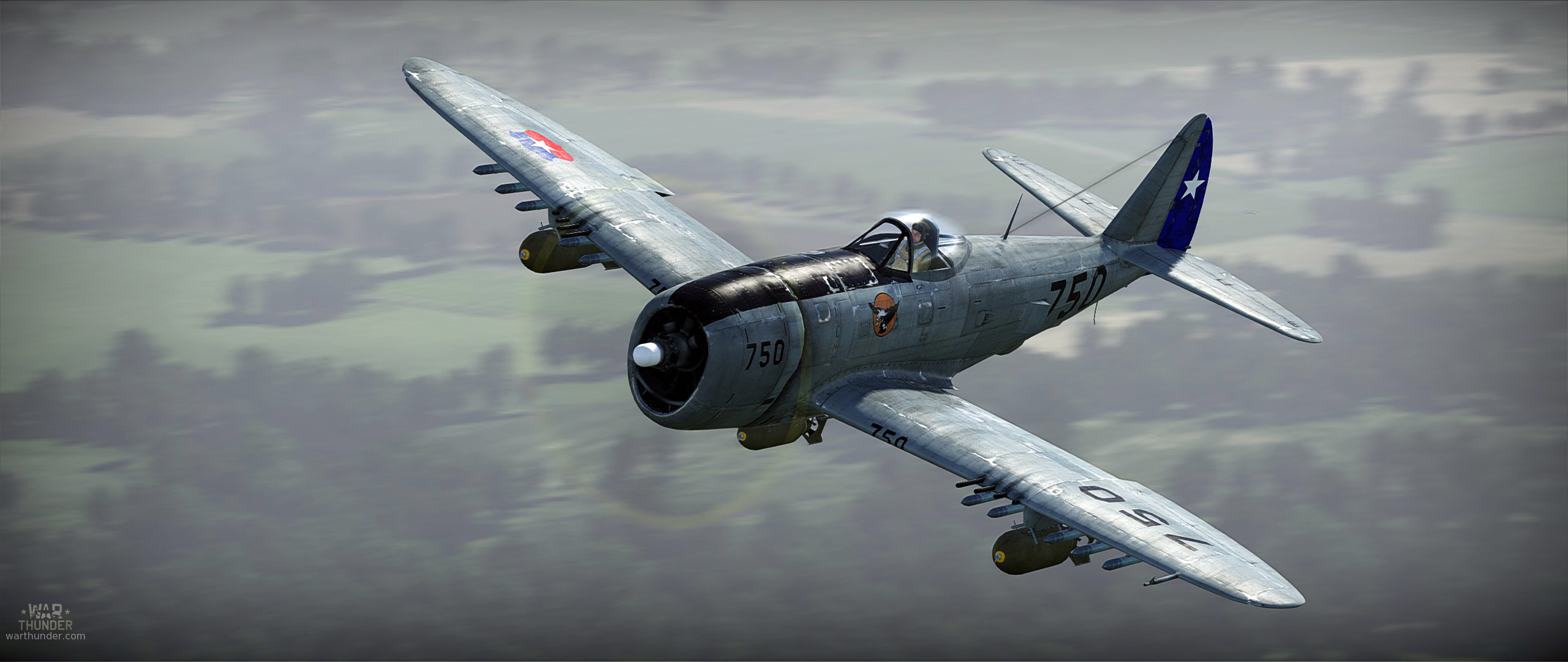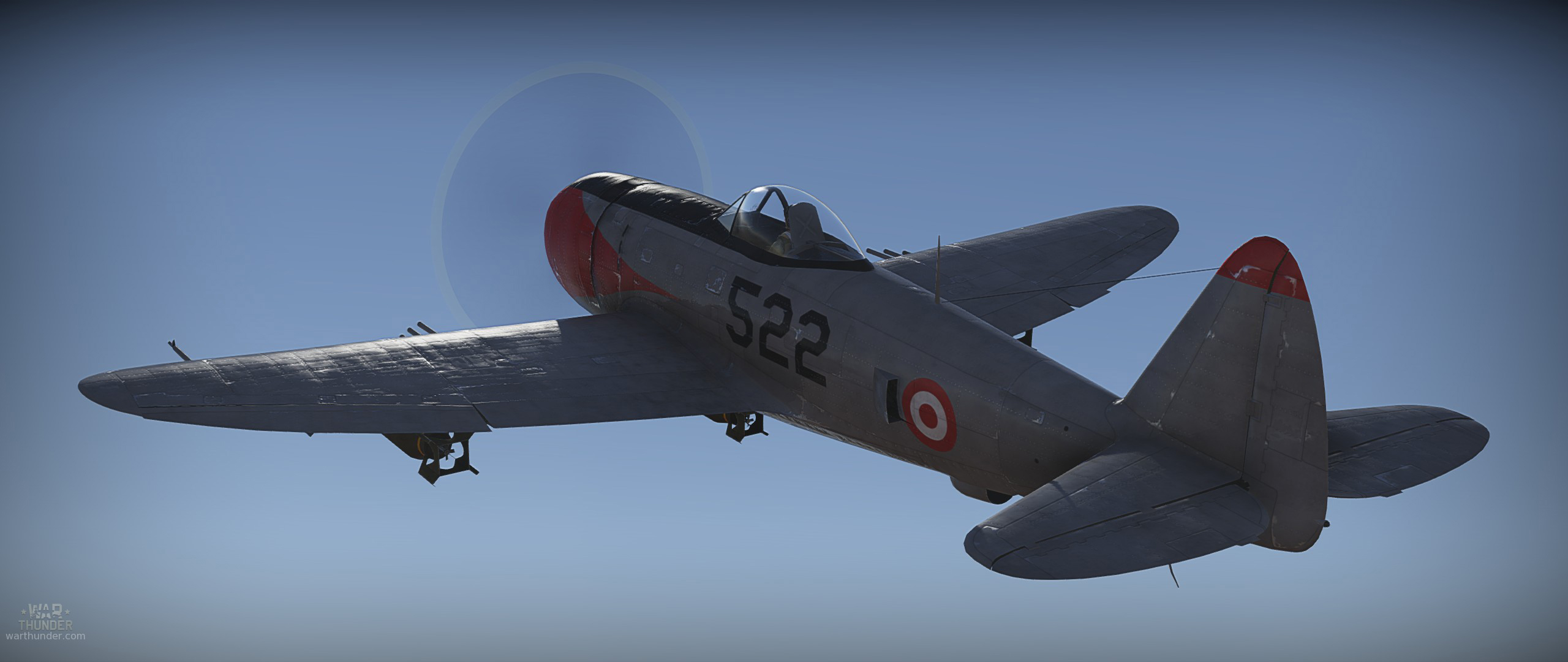
- For PC
- For MAC
- For Linux
- OS: Windows 10 (64 bit)
- Processor: Dual-Core 2.2 GHz
- Memory: 4GB
- Video Card: DirectX 11 level video card: AMD Radeon 77XX / NVIDIA GeForce GTX 660. The minimum supported resolution for the game is 720p.
- Network: Broadband Internet connection
- Hard Drive: 23.1 GB (Minimal client)
- OS: Windows 10/11 (64 bit)
- Processor: Intel Core i5 or Ryzen 5 3600 and better
- Memory: 16 GB and more
- Video Card: DirectX 11 level video card or higher and drivers: Nvidia GeForce 1060 and higher, Radeon RX 570 and higher
- Network: Broadband Internet connection
- Hard Drive: 75.9 GB (Full client)
- OS: Mac OS Big Sur 11.0 or newer
- Processor: Core i5, minimum 2.2GHz (Intel Xeon is not supported)
- Memory: 6 GB
- Video Card: Intel Iris Pro 5200 (Mac), or analog from AMD/Nvidia for Mac. Minimum supported resolution for the game is 720p with Metal support.
- Network: Broadband Internet connection
- Hard Drive: 22.1 GB (Minimal client)
- OS: Mac OS Big Sur 11.0 or newer
- Processor: Core i7 (Intel Xeon is not supported)
- Memory: 8 GB
- Video Card: Radeon Vega II or higher with Metal support.
- Network: Broadband Internet connection
- Hard Drive: 62.2 GB (Full client)
- OS: Most modern 64bit Linux distributions
- Processor: Dual-Core 2.4 GHz
- Memory: 4 GB
- Video Card: NVIDIA 660 with latest proprietary drivers (not older than 6 months) / similar AMD with latest proprietary drivers (not older than 6 months; the minimum supported resolution for the game is 720p) with Vulkan support.
- Network: Broadband Internet connection
- Hard Drive: 22.1 GB (Minimal client)
- OS: Ubuntu 20.04 64bit
- Processor: Intel Core i7
- Memory: 16 GB
- Video Card: NVIDIA 1060 with latest proprietary drivers (not older than 6 months) / similar AMD (Radeon RX 570) with latest proprietary drivers (not older than 6 months) with Vulkan support.
- Network: Broadband Internet connection
- Hard Drive: 62.2 GB (Full client)
Republic P-47D-25 Thunderbolt Designation FACH 750 from No. 11 Group Fighter Bomber.
Camouflage created by darth_linux_man | Download here !
The development of the Chilean Air Force (Fuerza Aérea de Chile, abbreviated FACh) first started in 1910, when the Military Aviation Service (Servicio de Aviación Militar de Chile) was founded by Lieutenant Colonel Pedro Pablo Dartnell. He had undergone pilot training in France, and had returned to his homeland with the much needed ‘know-how’ that would lead to aviational development. Although this early organisation had its own flying school, the first batch of Chilean military aviators were nonetheless sent to train in France as well. One of those recruits, Captain Manuel Ávalos Prado, eventually took command of the newly founded aviation school, named Escuela de Aeronáutica Militar et Lo Espejo in the vicinity of Santiago de Chile, Chile’s capital. Eventually, their first combat unit was formed in 1918, which was to be stationed at Base Aérea El Bosque and equipped with Bristol M.1c monoplane fighters and de Havilland DH.9 bombers. More aerial units were created in the following months, and in 1919, both army and naval air units were unified under Dirección de la Fuerza Aérea Nacional. However, due to rivalries between army and air service officials, an independent air unit was founded on 15th July 1920.
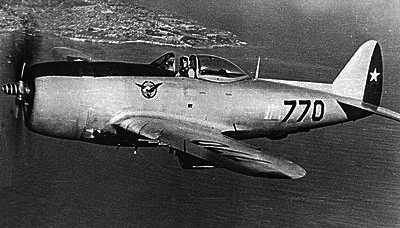 |
|
One of 26 P47D that served |
In 1923, an independent naval air force was also created, named the Aviación Naval de la Armada de Chile, and during these years, new airbases were built – in 1924, four airbases had come into existance. The first bomber squadron was then formed in 1928, equipped with Junkers R.42 bombers and followed by its first amphibious squadron, flying with Dornier Wal flying boats. Thr Air force was then reformed again, and on the 21th March 1930, Fuerza Aérea de Chile was officially formed as an independent air force. During the 1930’s, the influx of British airplanes continued, supplemented by aircraft purchases from Germany and Italy.
The growing number of personnel and aircraft necessitated organisational changes, and two air brigades were formed at airbases El Bosque and Temuco. However, budget cuts due to the Great Depression caused shortages of materials, and personnel were heavily demoralized due to reduced payments. This drop of morale ultimately resulted in the mutiny of Chilean sailors from August to November 1931 - this incident is seen as the FACh’s baptism by fire, as several bombing sorties were made against rebel ships in order to suppress the mutineers.
From 1940’s onwards, the United States began to send training missions periodically into Chile, and when the USA entered Second World War in 1941, air missions were established in Chile with the task of reorganising the FACh in accordance with American tactics. This also meant that a large quantity of American aircraft were delivered to Chile to follow through with Lend-Lease Agreements. Thanks to these supplies, the FACh aquired new aircraft, such as Republic P-47 Thunderbolt fighters, Consolidated PBY Catalina flying boats and North American B-25 Mitchell bombers.
Eventually during the 1980’s, Dassault Mirage 50 jet fighters were purchased from France, along with locally built ENAER T-35 Pillán trainers. Today, the primary fighter aircraft of the FACh is the Lockheed Martin F-16 Fighting Falcon, with transport squadrons being equipped with C-130’s, DHC-6 Twin Otters and CASA C-212 aircraft. The FACh possess its own fleet of helicopters as well, consisting of Bell 412 and UH-1 helicopters.
Republic P-47D-25 from Peruvian Air Force
Camouflage created by TeodorSan | Download here !
In Peru, military aviation started in January 1919 with the founding of the Servicio de Aviación Militar del Ejército del Peru, followed by the establishing of the first Peruvian flight school equipped mainly with French aircraft. Śubsequently, the naval air force was formed in 1920, and during 1920‘s, the French air mission that had been present during previous years was replaced by the British, from which Peruvians aquired fighters and bombers. The British air mission was in turn replaced by the American air mission in 1924, bringing American airplanes and starting a long period of U.S. influence over Peru. An independent air force, named Cuerpo de Aviación del Perú (CAP), was founded on 20th May 1929 by merging the Army and Navy air divisions.
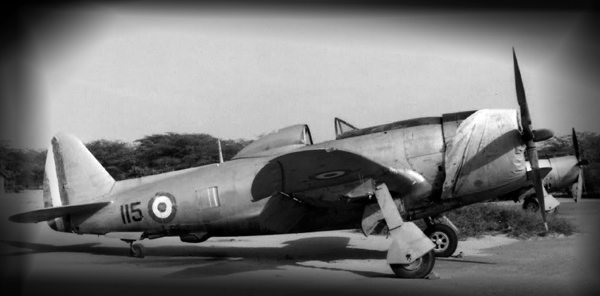 |
|
P47D from Peruvian Air Force |
In 1932, an incident known as the “Leticia Incident” occured. During this small-scale conflict, Peru attempted to reclaim Amazonian territory from Columbia by invading a garrison in Leticia. When diplomatic efforts failed, two Peruvian Vought O2U Corsairs attacked Colombian vessels at the Amazon River – this was the first CAP combat mission ever. During the conflict, the CAP received more planes from Britain, France and the U.S. As a result, when the ceasefire was signed in 1934, the CAP emerged stronger than ever.
During the 1930’s, Peru purchased a large number of Italian aircraft and also aquired a license to build Caproni aircraft. The first combat squadron, named Esquadrón de Aviación No.1, was formed in 1936, and by the time the Second World War started, the CAP consisted of four Air Regions, each possessing several squadrons. Despite the fact that Peru did not directly participate in the Second World War, a short conflict with Ecuador broke out in 1941. The CAP actively participated in this conflict, equipped with aircraft such as Caproni Ca.114, North American NA.50 fighters, Douglas DB-8 attackers and Caproni Ca.135/Ca.310 bombers.
With this inventory, the CAP provided air support to Peruvian ground forces until the ceasefire in October 1941 was signed. Shortly after this, army and naval air services were separated from each other, and reorganisation took place. The CAP received a batch of about 60 American aircraft under the Lend-Lease agreement with the United States. After Peru signed the Rio Treaty of 1947, even more American aircraft were delivered, including Republic F-47D Thunderbolt fighters. Three years later, the CAP was then reformed into the Fuerza Aérea del Perú (FAP).
In 1955, FAP received its first jet aircraft: the North American F-86F Sabre fighter. This was followed shortly by English Electric Canberra jet bombers in 1956. More jet aircraft were purchased during the 1960’s (for example, Dassault Mirage 5 fighters and additional Canberras), and from 1974 onwards, Peru began to aquire Soviet aircraft, notably, Mil Mi-6 and Mi-8 helicopters, Sukhoi Su-22 fighters, and Antonov An-26 transport aircraft. From 1996 onwards, FAP started to receive deliveries of MiG-29 fighters and Sukhoi Su-25 attackers, provided by Russia and Belarus.The MiG-29 formed the backbone of the FAP fighter force until recent times, where it has been supplemented by Dassault Mirage 2000 fighters. The attacker force consists of Su-25’s, and upgraded A-37 Dragonflies, while transport squadrons are equipped mostly with Antonov An-32 and de Havilland DHC-6 Twin Otter transport aircraft. The helicopter fleet consists mainly of Russian helicopters, such as the Mi-25/35 and Mi-17.
Author: Jan “RayPall” Kozák
With an upcoming update, we will add the
emblems of Chilean and Peruvian Air Forces:
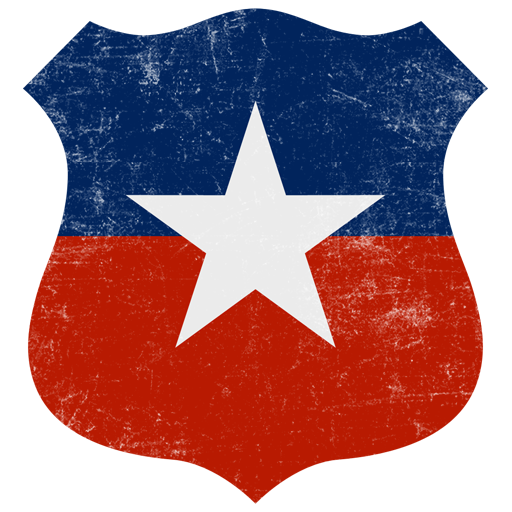 |
 |
| Chilean Air Force | Peruvian Air Force |
